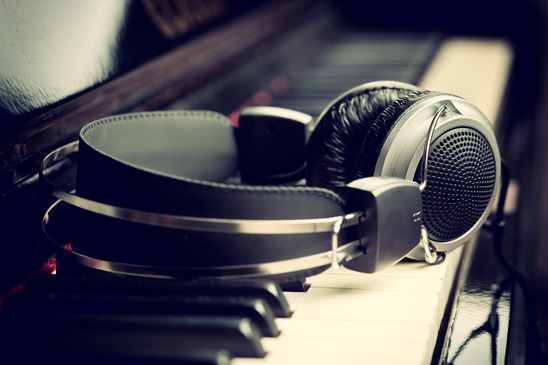Digital pianos and keyboards are usually sturdy instruments that will provide years of joy and entertainment if properly maintained. But there are occasions when things go wrong and you must get it repaired. The most common problems with digital pianos are:
- Broken or sticky keys

- A keyboard that won’t switch on
- No volume or uneven tone
- LCD is broken,cracked or won’t light up
In many cases, the repairs are fairly simple in nature, and can be completed quickly. However, remember that pianos are delicate by nature, and by applying too much pressure trying to fix it yourself could actually do more damage than good. If you bend or break a contact beyond repair, a new contact board will be required. And if the new part is no longer available, it could mean having to purchase a new instrument instead.
If the problem is a contact issue – some of the notes won’t play, or the volume is uneven or too loud – it’s a sign the contacts need to be cleaned. Most contacts are made of graphite, and a proper cleaning will generally solve the problem. Avoid using WD40 or any other chemical cleaner as they can do more harm than good.
If your piano is freezing, locking, or simply won’t turn on properly, it could need a simple rebooting. Check out the “initialize” or “factory reset” procedure in your user manual, or check on the manufacturers website for more detail. Do not attempt to reset if you have saved your own songs, styles, etc, without saving the data first, as it will restore operation to factory default.
[As a helpful reminder, it is good to regularly backup your work on to your computer or an external storage unit, especially if you save on a regular basis.]
When in doubt, the best solution is to bring your piano in to a reputable piano dealer for repair. Because most manufacturers void the warranty if work isn’t performed correctly, its easy to quickly do damage beyond repair. That can be a costly mistake, especially if it ends up requiring a new piano instead.


